Imagineering Part of New Disney AI Task Force
Disney has created an artificial intelligence “task force” to study how AI can be applied across the company, everywhere from the studios to Walt Disney World and Disneyland. This post shares the reporting about how Imagineering will work on implementing AI in the theme parks, plus our commentary about its future (or lack thereof).
According to reporting by Reuters, Disney’s AI task force was launched earlier this year, before the Hollywood writers’ and actors’ strikes started and those unions began battling to limit the industry’s exploitation of the technology. Disney’s artificial intelligence group is looking to develop AI applications in-house as well as form partnerships with startups, according to Reuters.
Disney has 11 current job openings seeking candidates with expertise in artificial intelligence or machine learning. The positions span a range of positions within the company, from Walt Disney Studios to television and advertising teams to Walt Disney Imagineering.
One member of the task force told Reuters legacy media companies like Disney “must either figure out AI or risk obsolescence.” This AI advocate sees AI as one tool to help control the soaring costs of movie and television production–recent Disney movies and Disney+ series from this summer have been costly bombs thanks to price tags of $200-$300 million. Cost savings would be realized over time, the person said.
At Walt Disney World and Disneyland, AI could enhance customer support or create novel interactions, sources told Reuters. One former Imagineer pointed to Project Kiwi, which used machine-learning techniques to create Baby Groot, a small, free-roaming robot that mimics the character’s movements and personality. Someday, Baby Groot will interact with guests, allegedly.
Last year, Walt Disney Imagineering unveiled the company’s first initiatives in an AI-driven character experience, the D3-09 concierge cabin droid in the Star Wars: Galactic Starcruiser. This droid answered questions on a video screen, and engaged in conversations with guests, told bedtime stories, etc. It’s actually really cool.
“Not only is [D3-09] a great character to interact with and always available in your cabin, which I think is very cool, behind the scenes, it’s a very cool piece of technology,” Imagineering executive Scott Trowbridge said about the droid. It’s perhaps worth noting that D3-09 exists in the setting of 100 cabins aboard the Halcyon. It’s also worth noting that Star Wars: Galactic Starcruiser is permanently closing soon.
D3-09 isn’t the only in-room companion that Walt Disney World has debuted. “Hey Disney!” was first announced a few years ago, and is now in select hotel rooms around various resorts. If I had to gauge the general consensus towards this, I’d call it one of indifference. The most passionate responses have been ones along the lines of “I’m unplugging that thing the second I step foot in the room and locking it in the safe.” I’ve yet to encounter the unicorns who are truly excited about Hey Disney! (If that’s you, by all means, sound off in the comments.)
Disney has been careful about how it discusses artificial intelligence in public. This is likely in large part because AI has become a powder keg in Hollywood, where writers and actors view it as an existential threat to jobs. AI is also a central issue in contract negotiations with the Screen Actors Guild and the Writers Guild of America, both of which are on strike.
It’s also possible that artificial intelligence is not viewed favorably by the general public. We’ve all seen the documentaries about AI, including but not limited to such masterpieces as Terminator and Terminator 2: Judgment Day, as well as Wall-E. I don’t know about you, but I’ve never seen a movie touting the triumphs of our AI overlords!
Frankly, I don’t think I’ve seen any movies that suggest AI will bring about “obsolescence” for Hollywood. One example cited in Reuters is the work that went into de-aging Harrison Ford in the new Indiana Jones movie. Is that really a good example? Honest question. I haven’t seen this Indiana Jones sequel, but every movie I’ve watched where they’ve de-aged or digitally re-created deceased actors is a cautionary tale and should have been a lesson in things not to do.
Turning to commentary, we’ll start with a periodic reminder: Disney is not a tech company. As a consumer that does business with Disney, you probably need not be reminded of this. Your personal experiences with Disney are proof positive of this.
Mainstream reporters who, presumably, do not do business with Disney do need this reminder. This group often cites the company’s innovations from, like, four decades ago or longer coupled with statements from Disney about its bold ambitions. It’s thus unsurprising that journalists who don’t have firsthand knowledge to the contrary conclude, yeah, maybe Disney is a tech company!
The problem with this line of thinking is that it falls apart under any degree of scrutiny or experience with the tech made by the company. Try to purchase Oogie Boogie Bash tickets the day they go on sale, book and plan a trip via DisneyWorld.com, or use the My Disney Experience app for a day. You’ll be disabused of the notion that Disney is a tech company quite quickly!
Then there are the grandiose plans for the future that have already been abandoned or failed. Last spring, Disney started selling NFTs. If you’ve read anything about the market for digital collectibles since, you probably know how that went. Around that same time, dearly-departed CEO Bob Chapek created a new metaverse division. Less than a year ago, Chapek announced plans for an Amazon Prime-Style Membership Program.
For those keeping score at home, all of this went exactly nowhere. Disney eliminated its next-generation storytelling and consumer experiences unit, the small division that was developing metaverse strategies and the membership program during its layoff of 7,000 employees this spring. For our part, we were highly critical of these initiatives when first announced (here and here). In a nutshell: “I think NFTs are stupid and the metaverse is big tech ‘trying to make fetch happen.’”
This is to say nothing of Disney’s many failed attempts at launching video game studios or the NextGen initiative or Go.com or other things I’m probably forgetting. The money lost on Disney’s past tech follies would probably pay for the Hulu acquisition.
Since this blog has already offered unsolicited commentary about NFTs and the metaverse, I feel obliged to do the same about Artificial Intelligence in general and unrelated to Disney’s interest. This is decidedly different from NFTs or the metaverse or crypto (sorry, crypto maximalists, but it’s a Ponzi scheme). When it comes to AI, there’s some there there.
That much should be obvious, since AI is nothing new and there have been practical, real world applications of AI for years. It’s only seeing increased interest as consumer applications like ChatGPT and Midjourney have garnered headlines. There’s been a lot of froth about AI as a result, along with skepticism since it’s coming from some of the same people who previously promised that NFTs, cryptocurrency, and the metaverse were the next big things.
I’ve seen what generative AI is capable of doing, and I’m both impressed and, frankly, a little scared. However, I also remember several years ago when self-driving technology was the boogeyman that was going to destroy jobs. Instead, there’s a shortage of truck drivers that’s only likely to worsen in the coming decade. Ironically, the common quip then was “learn to code” and that’s an industry that could now be gutted by generative AI.
The fear now is that AI will destroy the arts & humanities, plus whatever Disney Tourist Blog is classified as. Consider me unfazed…sentiment that will possibly age very poorly when a robot takes my job and then kills me, Skynet style. Again, I think AI has disruptive potential. But get back to me when the robots are willing to get up at 5:45 am on a day with 115 degree feels like temperatures in Florida to “research” rope drop at Magic Kingdom. I’ve yet to meet a robot with the temperment to withstand the SDMT Shuffle.
The point is that there’s a tremendous amount of fearmongering, doom & gloom, and so forth for what’s still unknown and unproven about AI. After making tremendous strides over the course of only a few years, video game graphics and CGI haven’t gotten noticeably better (in my opinion) in the last decade-plus, nor have they been able to overcome the uncanny valley.
I suspect the story will be similar once the initial excitement about AI wears off. Or perhaps I’ll be wrong, and my robot-written obituary will express vindication that the T-800 took me out.
But this is neither here nor there when it comes to Disney and its nascent AI division. The good, bad and ugly that artificial intelligence eventually unleashes upon humanity will not be thanks to the Walt Disney Company. Of that much, I am certain. I do think it’s possible that the studios could come up with a way to lower production costs. (One might argue that all of Disney’s paint-by-numbers live action remakes, sequels, and reboots already don’t involve much human creativity or emotion.)
It also wouldn’t surprise me if Walt Disney Imagineering is able to produce a neat prototype of…I dunno, something…using Artificial Intelligence. In fairness, WDI has already done cool stuff with robots recently. Imagineering made that one dummy they could fling through the air in an awesome way, and that’s now the Spider-Man that flies over Avengers Campus at Disney California Adventure.
Then there’s the Judy Hopps bunny robot (as we’ve taken to call it) that pushes the boundaries of what characters can do in Disney experiences and marks the next step forward for Imagineer’s robotic advancements. It can make dynamic maneuvers, including falling down and getting back up, as well as a somersault. The video of this robot rabbit looks rad.
There’s also the aforementioned Project Kiwi that was first unveiled a few years ago. There was a young Groot playtest at Disney California Adventure for select guests in June; that vanished after less than a week, but maybe Imagineering is getting it ready for the general public.
Or perhaps not. Imagineering has been working on things like the Living Character Initiative for over a decade, and many of the in-park appearances have been short-lived or never made it out of the playtest phase. There’s probably a reason (or many) for that. These creations are costly, labor-intensive (by robot standards), and probably better suited for demos than daily use.
To that point, we’ve seen playtesting videos of droids intended for Star Wars: Galaxy’s Edge. The abuse those more robust creations took from kids made it seem unlikely anything like this could ever make autonomous in-park appearances. So while I absolutely believe these robots or AI or whatever has a future in the parks, the idealistic vision for the “entirety of the park being a live transportive experience” is going to run into the hard realities of costs, behavior, and scale.
Not only that, but the NextGen initiative began with a similar promise as this new AI task force. Characters were going to greet us by name, Cast Members would wish happy birthday out of nowhere, and the whole park experience would be personalized around technology. Does anyone remember any of that? Of course not, because it didn’t happen. We got MagicBands and a few interactive queues, almost all of which are now gone a decade later.
For me at least, the magic with a lot of this technology wears off once actually exposed to it in person, rather than just watching a quick video clip. Despite being really impressed with the exoskeleton technology in videos and on-stage at the D23 Expo, the Hulk Quantum Suit meet & greet fell flat for us.
I get that Hulk’s skin is probably difficult or impossible to do, but putting him in the Quantum Suit just doesn’t work. On top of that, there’s also no emotion and his movements are cumbersome and labored. An otherwise non-verbal and furry alien creature in Star Wars: Galaxy’s Edge might’ve been the better option for this first in-park test. It’ll be interesting to see if there’s a next generation of the exoskeleton, or if that’s more abandoned tech.
This is just one example. The talking Mickey Mouse and friends meet & greets are a similar story–really cool as a tech demo, but not something that “works” as well in person as you might expect. (Which might be part of why meet & greets were abandoned years ago and show no signs of returning!)
I’m not trying to be a negative nelly here. I’m just being a realist as someone who has been around the block with technology that has shown tremendous promise, and yet, has never seen the light of day publicly. With that said, here’s the positive: these tech tests and robots created by the brilliant minds at Imagineering are the kind of thing that makes me proud to be a Disney fan.
The creativity of Imagineering is endlessly inspiring, and those types of innovations are proof positive that they’re good stewards of Walt Disney’s legacy. Seeing the Imagineers flex their creative muscles is awesome. I assume the same will be true of artificial intelligence, so long as Imagineering uses its powers for good (more robot rabbits!) rather than evil (no T-800s!).
That WDI is on the bleeding edge of these developments is, in and of itself, pretty cool. Someday, we will see some version of this technology at Walt Disney World and Disneyland. It may be adapted or modified significantly as past tech has been as compared to their R&D counterparts, but it’ll still be mind-blowing. As I keep saying, I’m optimistic about the next generation of additions–stuff like this is a big reason why!
It’s easy to be cynical about how or when artificial intelligence will (or won’t) come to fruition in the parks due to budgetary or behavioral limitations. That’s a fair point, especially as we have seen a lot of research and design projects over the years that haven’t really gone anywhere.
However, it’s impossible to say how past play tests have yielded tech and other results and been integrated into other guest-facing projects that may seem, at least on the surface, totally unrelated to the teased R&D.
Ultimately, it’s possible that the fruits of this will be on full display during the upcoming development cycle at Walt Disney World and Disneyland. Imagineering seems to have exited the awkward transitional phase of Audio Animatronics (projected faces) with the technology finally catching up to their ambitions.
I’m very eager to see how this comes to fruition, with Imagineering combining the potential of artificial intelligence with robot rabbits to create an awesome Zootopia land (or something like that). Now, let’s just hope the WDI teams have the good sense not to use these technologies to create a new dinosaur land. We’ve seen that movie before, and already know how it ends. “Your scientists were so preoccupied with whether they could, they didn’t stop to think if they should.”
Need Disney trip planning tips and comprehensive advice? Make sure to read 2023 Disney Parks Vacation Planning Guides, where you can find comprehensive guides to Walt Disney World, Disneyland, and beyond! For Disney updates, discount information, free downloads of our eBooks and wallpapers, and much more, sign up for our FREE email newsletter!
YOUR THOUGHTS
What do you think of the Disney creating an artificial intelligence task force? Think Imagineering will be able to leverage this in the robot rabbit and other characters it’s been creating recently, or will this be another ‘Hey Disney’ or NextGen initiative? Are you impressed, underwhelmed, or terrified by AI? Do you agree or disagree with our assessments? Any questions we can help you answer? Hearing your feedback–even when you disagree with us–is both interesting to us and helpful to other readers, so please share your thoughts below in the comments!
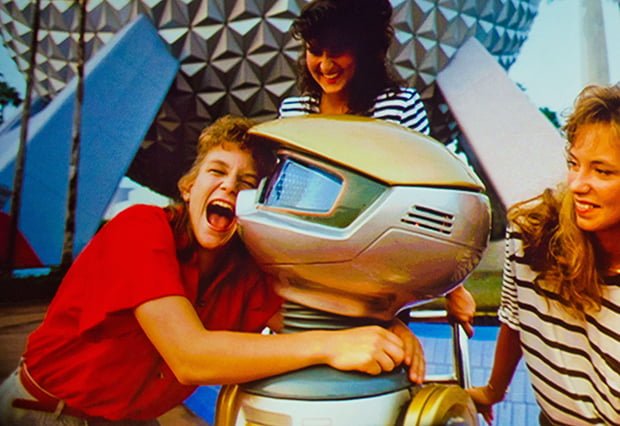
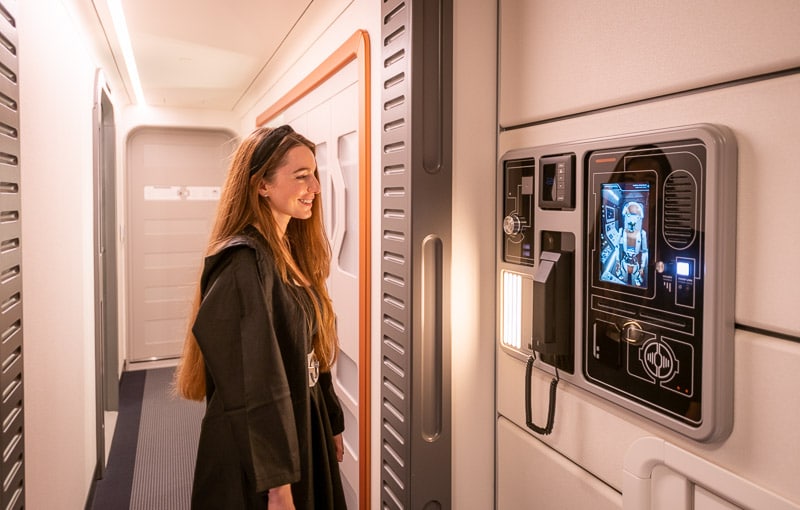
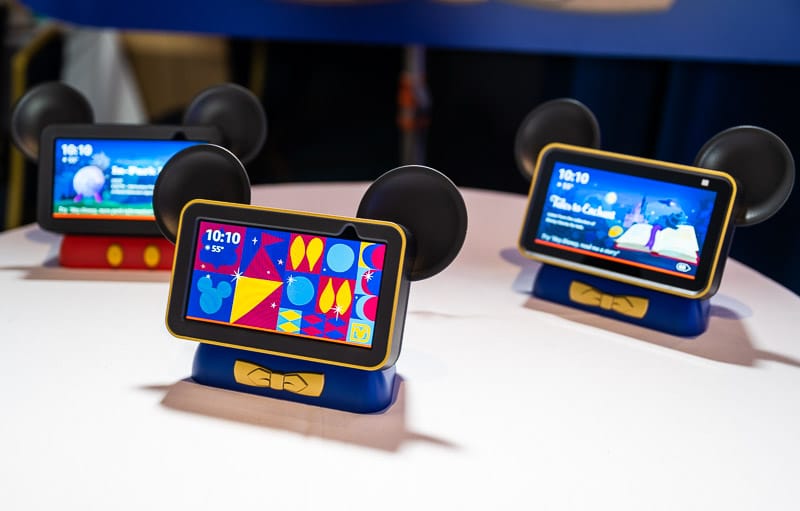
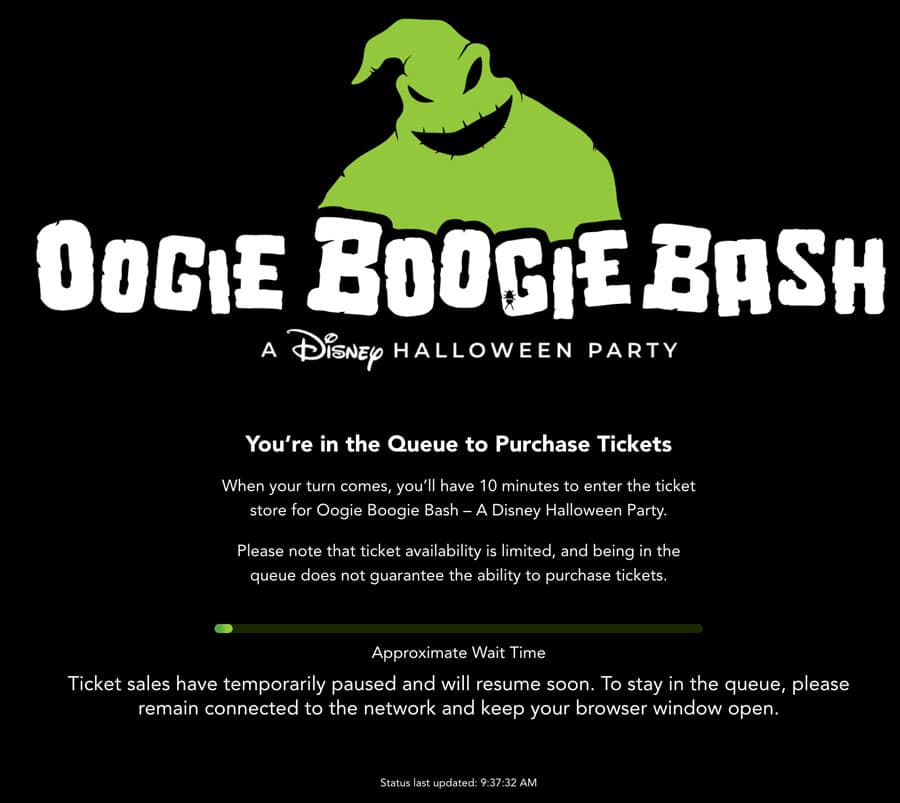
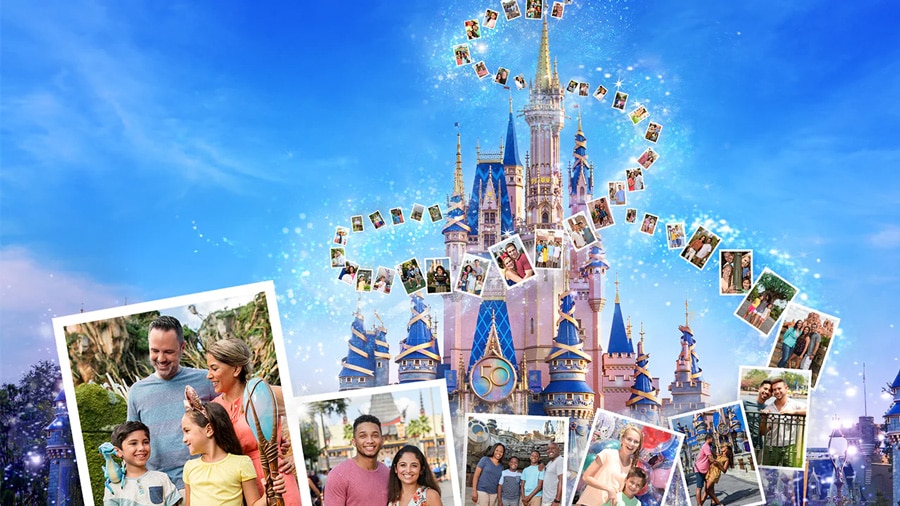
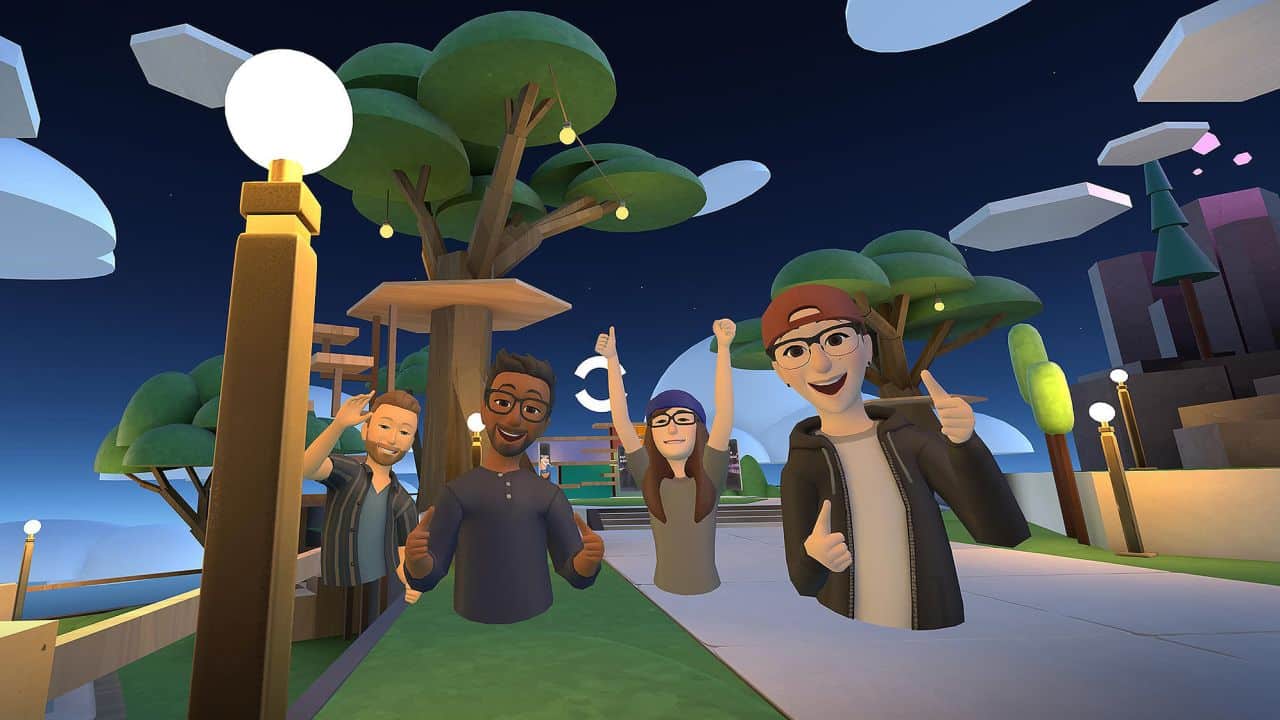
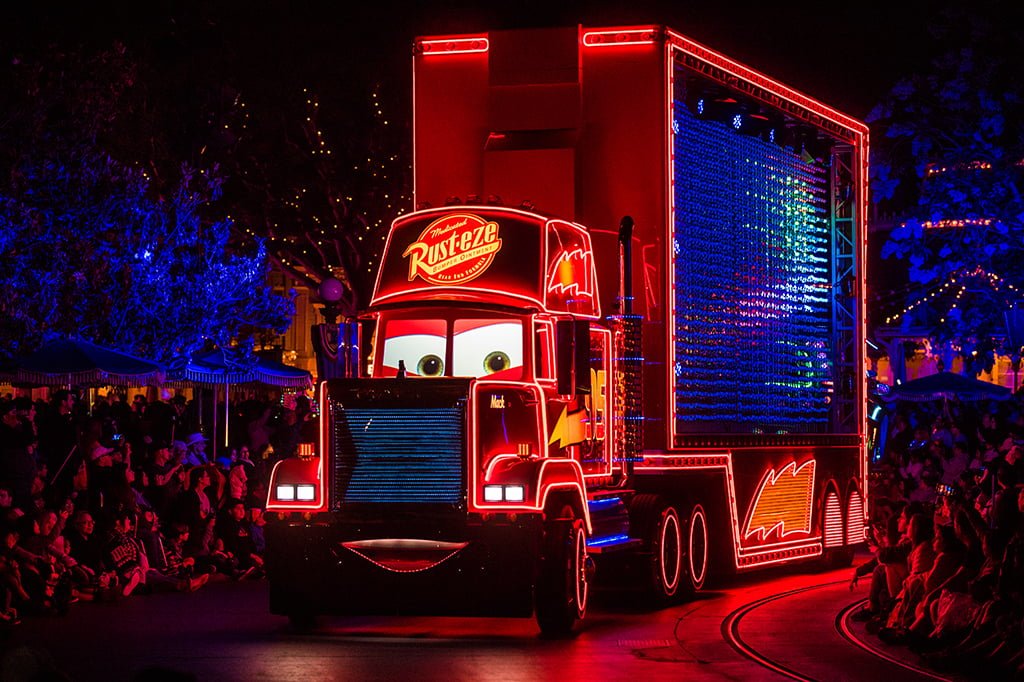
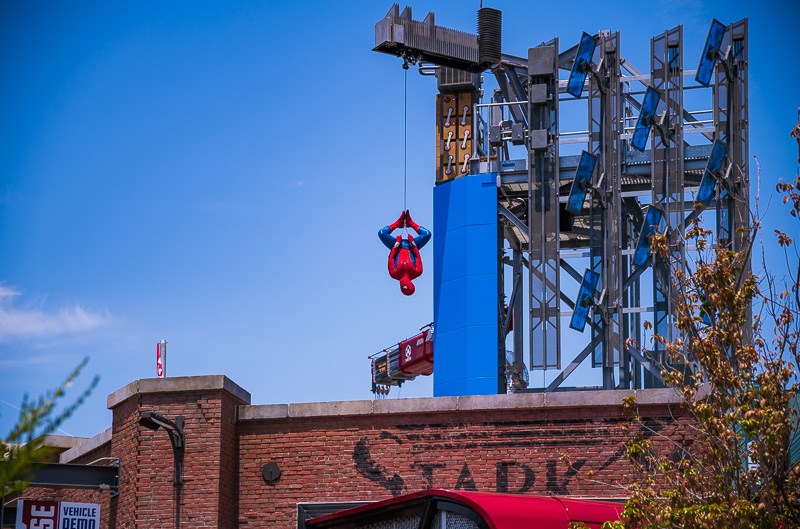
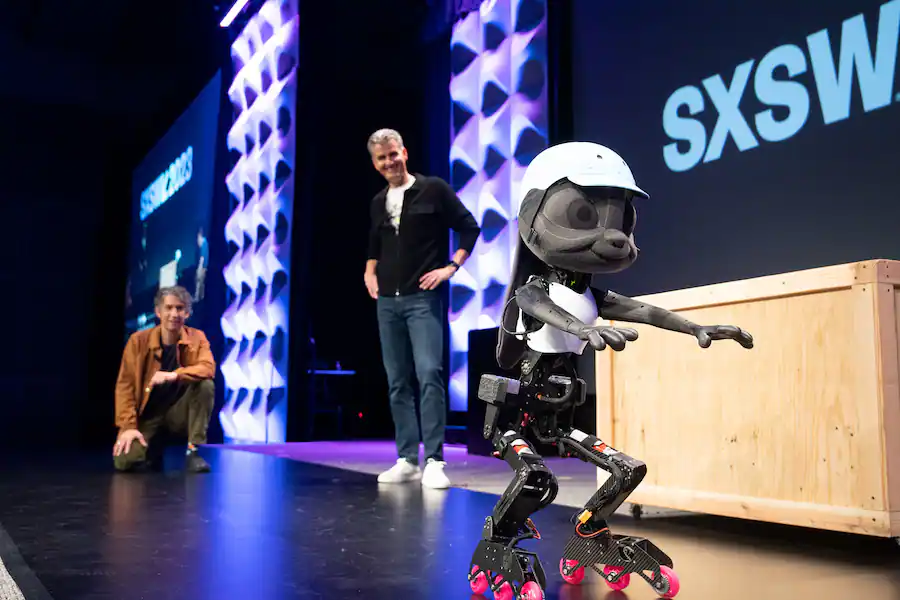
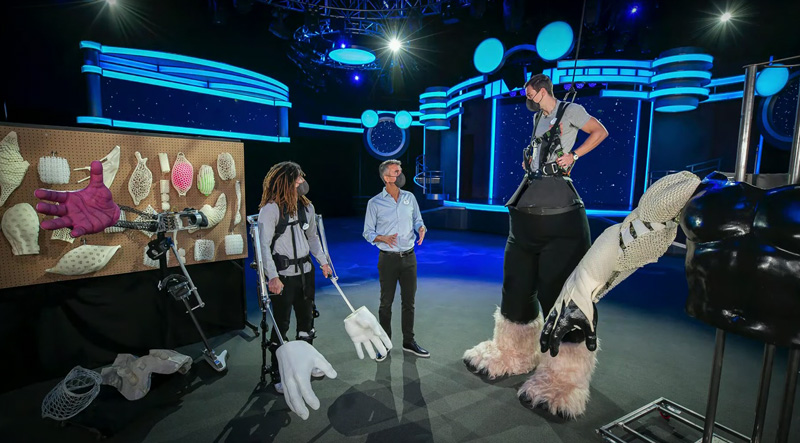
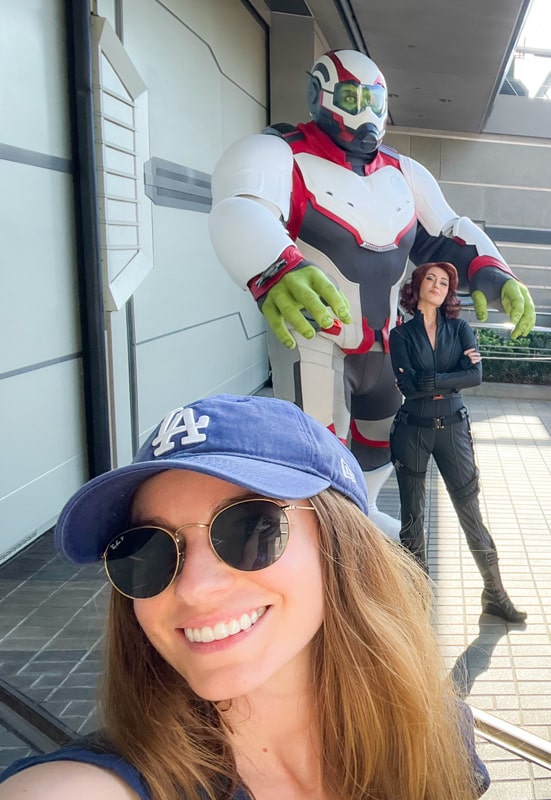
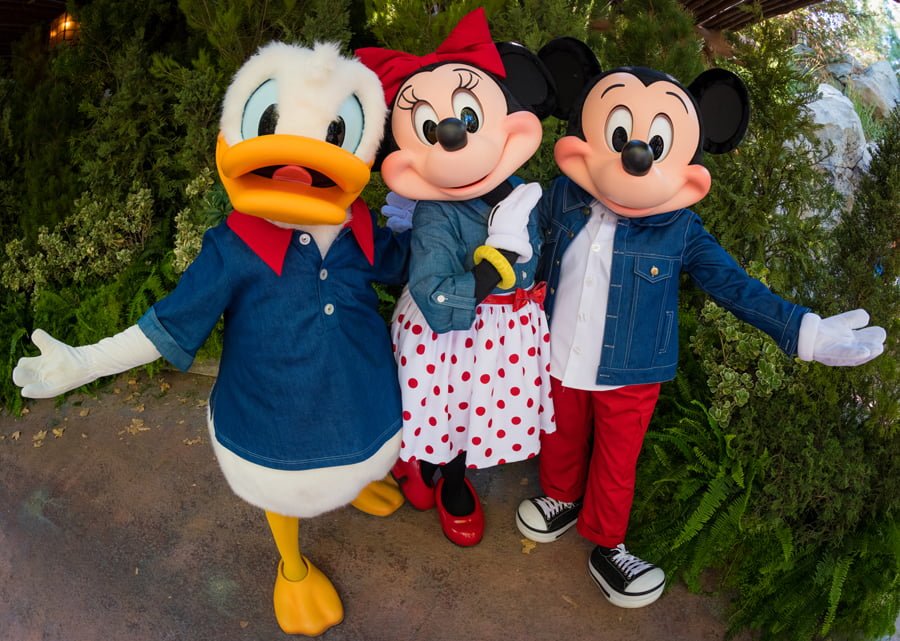
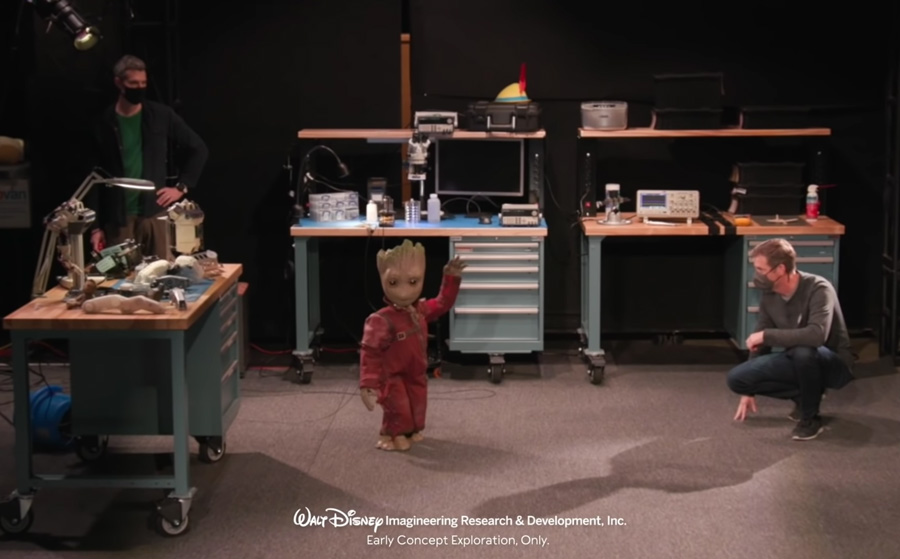
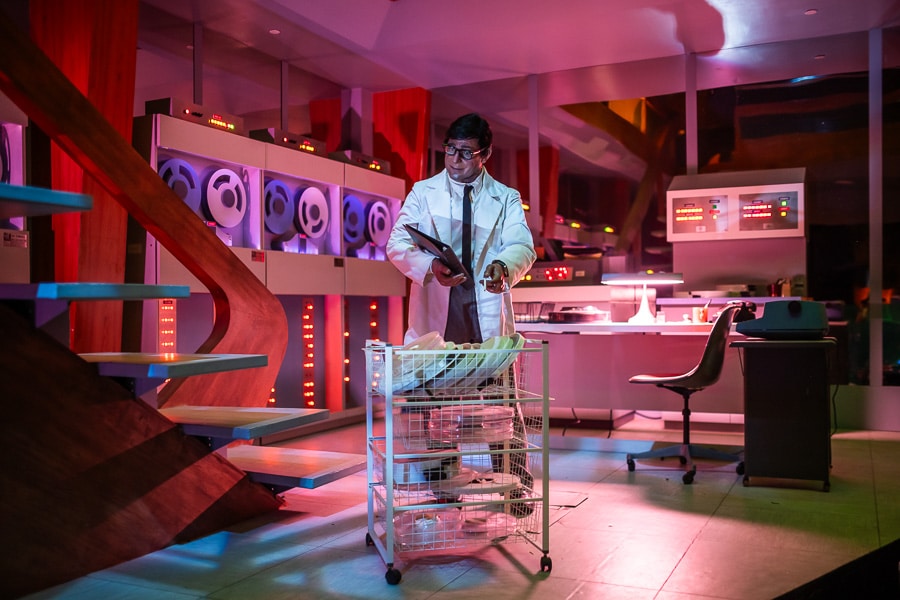
If AI can fix the Mt. Everest Yeti…
Q: Disney AI, Should Impressions de France return to EPCOT during normal park hours?
A: Yes!
Okay, I’m sold. I now welcome our new AI overlords!
As an engineer, I’m obligated to be excited about AI and…really, it’s pretty neat. I also saw the Indiana Jones movie and have to admit it was very decently done, though I spent the entire time distracted by how old Harrison Ford *sounded* versus how young he *looked.*
However, I’m not that sure that Hollywood needs to be in as much fear as they are. Like any new disruptive technology, this is going to cause change. But TV didn’t stop us from reading books or going to the theater – the experience and the way we do that just looks different than it used to. I don’t see public appetites suddenly switching to wanting to watch an all-AI cast all the time. There will likely be a novelty the first time it’s done, then a bunch of copycats, and then we’ll absorb it into our diet alongside traditional casts because they’re human and we connect with them better. Same with the use of AI for many of the other jobs in film. DSLR’s removed the need to go into the red room to develop photographs, and it hasn’t stopped photography as an art…OR stopped traditional developers from being able to produce unique works either.
I’m waiting until we see more in the parks, though. I still recall having a conversation with a cast member at the entrance to Star Tours in 2020, when I was wearing a Darth Vader dress and mask. Then, as I went past the bio-scanner…there was my name along with a Darth Vader quote beneath it. That was a magic moment that stayed with me!
very well said. I’ve worked in the film industry for years-albeit not smack dab in Hollywood, but across the country. I don’t see studio’s doing away with actors, so the AI portion of the scare I don’t see. As a movie goer, I’m not even interested in seeing such things except in the mini forms that have been mentioned such as “Jones”, “Terminator” and such. I do, and have seen, the issues with films going to streaming and not to the theatres. That has been a real issue as contracts are not holding the studios up to the same standards of living for the artists and other ‘above the line’ players.
With regard to Harrison Ford, that’s how I felt about the Irishman. The characters looked young, but moved “old.”
Great points otherwise how fearmongering ultimately died down and people adapted. As for photography, I even remember when professional photographers were worried about the internet and digital files destroying their print sales. That’s probably true, but it created tremendous opportunities for others! Ahem.
I think you’re probably too new to the WDW scene to have experienced NextGen at its height, but there was a lot that was tested or teased like what you mention at the end. A lot of bad or unrealistic ideas, but many that would’ve been really cool and a great way of personalizing the guest experience. Still not clear why all of that was pretty much abandoned.
Thank you Patsy and Tom!
I happened to be very close to two photographers during the big DSLR changeover – one of whom worked at a camera shop and constantly had to explain that yes, the DSLRs would work with the old lenses and capture the same quality, etc. We definitely saw the fall of some empires at that time (Kodiak comes to mind), but we usually do see that along with major technological shifts. I similarly expect we’ll get some tumbling media giants in the next decade or so, but we might also get some fresh blood and some new perspectives and content that we can’t even imagine right now. ((For instance, AI ‘actors’ seem like they’d be really handy for kids shows that use cartoons / CGI – it doesn’t have to replace a human!))
I have checked the bioscanner every time since then, and nothing so cool as that has ever appeared since. I can’t even figure out how it was done in the first place! But I wish I’d have found that cast member and said something so they knew how appreciative I was, and would keep doing it…
My feelings on Hey Disney have run the gamut. I was–and still am–excited to request extra towels in my hotel room at the Poly this month, but I hope it’s a lot more functional and interesting than the Hey Disney subscription for my home Alexa devices. I signed up for the year, but am quite disappointed. the characters that interact with you are not top tier and are quite repetitive. my timers are always Dory, Groot, or Fozzie. My alarms are not much better. The stories it will tell you are like bad Disney fan fiction for kids, all linked to new movies, not the classics. I won’t be renewing.
I’m far more excited about the next generation of Audio-Animatronics (and more of the current one) than I am about AI in the parks, unless that happens to be what’s preventing the increased use of drones, maybe.
(I do have a very silly idea to create an AI model that tells Disney when to spend more money on IT resources, so they can say that AI solved their Day 1 Launch problems. That would be boring, and perhaps stupid, but it would give them an out to spend money to fix a worsening problem.)
As for your mention of Indiana Jones-the young Harrison Ford was amazing. Even more amazing to think how good it looked on a huge screen. At first I was shocked at how wonderful he looked, but then I would expect nothing less of Industrial Light and Magic. They have been the forerunner of what we now call CGI among other things.
It’s disheartening to read all the things Disney has started and abandoned-good, bad or indifferent. Walt and Roy must be rolling over at all the wasted funds and time. I’m amazed at all the things you have mentioned and yet they don’t bother to update the Animatronics in The Jungle Cruise. I know they have made some changes over the decades but the animals still have the stiff movements of a half a century ago. I still love the ride, but come on. They have made so much progress in this field and yet don’t use it across the board.
Thanks for keeping us informed.
Thanks for the feedback on de-aged Indiana Jones!
When I first heard of this, the first things that came to mind were two instances of this from recent Star Wars series/movies (won’t mention to avoid major spoilers) where one character was de-aged and another actor was brought back to life. Both were so noticeable that they totally took me out of the show/film.
I felt the same way about the Irishman. Technically very impressive at first, but it became obvious that it was a bunch of old dudes once the action began and they moved like old dudes.
Suddenly just flashed on a vision of an AI Walt Disney strolling the parks! My son is a writer and producer in LA. They are terrified by what they have heard is coming.
I agree with you 100% that unlike the metaverse, nft’s and crypto (excellent podcast dissecting the crypto scam here: https://podcasts.apple.com/us/podcast/just-say-no-to-crypto-with-ben-mckenzie/id1647085571?i=1000622045861), there is something there with AI.
That being said, I think Disney would benefit the most from using AI to solve some real problems that are decidedly less cool. For example, beefing up their customer support apparatus with AI would probably yield a lot more ROI than whatever half baked scheme they end up pursuing.
By the way- was roped into seeing the newest Indiana Jones with my son. The opening part with the de-aged Harrison Ford was pretty wild, and well done (in my humble opinion).
If you enjoy that, I would highly recommend this episode of Odd Lots with Sam Bankman-Fried and Matt Levine: https://www.youtube.com/watch?v=KZYqL79GDXU
Or just skip to the ~21 minute mark for SBF’s explanation of the ‘magic box.’
Separately, Levine’s Crypto Story is excellent: https://www.bloomberg.com/features/2022-the-crypto-story/
It must have taken incredible amounts of AI technology to master Baby Groot’s vocabulary. 🙂